Sustainability Awareness
The increasing awareness of environmental issues appears to be a driving force in the Rechargeable Camping Gear Market. Consumers are becoming more conscious of their ecological footprint, leading to a preference for sustainable products. Rechargeable camping gear, which reduces waste associated with disposable batteries, aligns with this trend. According to recent data, the market for eco-friendly camping products is projected to grow at a compound annual growth rate of 8.5% over the next five years. This shift towards sustainability not only influences purchasing decisions but also encourages manufacturers to innovate and develop more environmentally friendly options. As a result, the Rechargeable Camping Gear Market is likely to see a surge in demand for products that emphasize sustainability, thereby reshaping the competitive landscape.
Technological Advancements
Technological advancements are significantly impacting the Rechargeable Camping Gear Market. Innovations in battery technology, such as lithium-ion and solar-powered options, are enhancing the performance and efficiency of camping gear. These advancements allow for longer usage times and quicker charging capabilities, which are appealing to outdoor enthusiasts. Market data indicates that the adoption of smart technology in camping gear is expected to increase by 15% annually, as consumers seek products that offer convenience and enhanced functionality. This trend suggests that manufacturers who invest in cutting-edge technology will likely gain a competitive edge in the Rechargeable Camping Gear Market, catering to a tech-savvy consumer base.
Growth of E-commerce Platforms
The expansion of e-commerce platforms is transforming the Rechargeable Camping Gear Market. Online shopping provides consumers with easy access to a wide range of rechargeable camping products, often at competitive prices. Recent data indicates that e-commerce sales in the outdoor gear sector have increased by 30% in the last year, reflecting a shift in consumer purchasing behavior. This trend suggests that manufacturers and retailers who optimize their online presence and marketing strategies will likely capture a larger share of the market. As e-commerce continues to grow, the Rechargeable Camping Gear Market is expected to benefit from increased visibility and accessibility, driving sales and consumer engagement.
Consumer Preference for Convenience
Consumer preference for convenience is shaping the Rechargeable Camping Gear Market. Modern consumers are increasingly seeking products that simplify their outdoor experiences, and rechargeable gear offers a practical solution. The ability to recharge equipment rather than replace batteries is appealing, particularly for those who prioritize ease of use during camping trips. Market analysis suggests that products with user-friendly features are likely to see a 10% increase in sales over the next year. This trend indicates that manufacturers who focus on convenience and functionality in their designs will likely thrive in the competitive landscape of the Rechargeable Camping Gear Market.
Rising Outdoor Recreation Participation
The growing interest in outdoor recreational activities is a notable driver for the Rechargeable Camping Gear Market. As more individuals engage in camping, hiking, and other outdoor pursuits, the demand for reliable and efficient camping gear is on the rise. Recent statistics show that participation in outdoor activities has increased by approximately 20% over the past three years. This surge in outdoor enthusiasts is likely to boost sales of rechargeable camping gear, as consumers seek durable and sustainable options for their adventures. Consequently, the Rechargeable Camping Gear Market is poised for growth, as manufacturers respond to the increasing demand for high-quality, rechargeable products that enhance the outdoor experience.


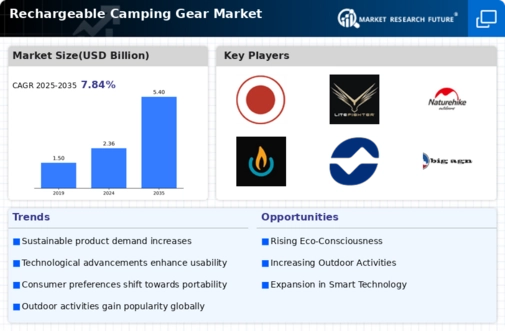
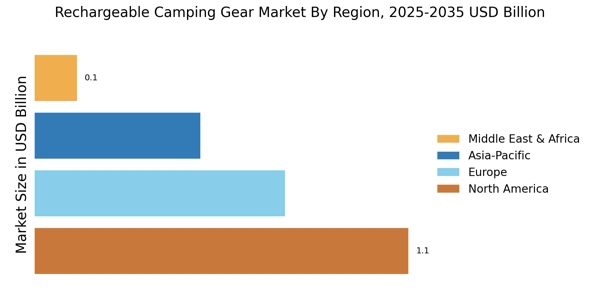

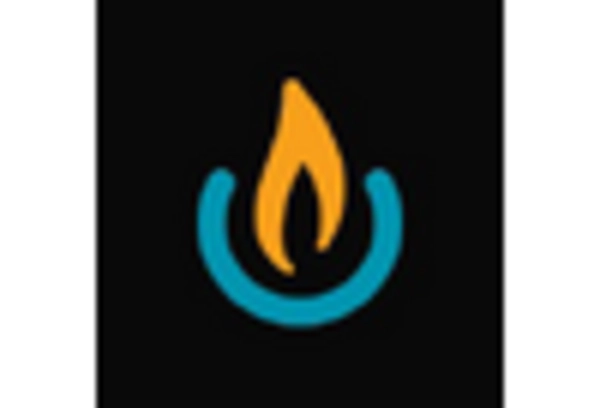
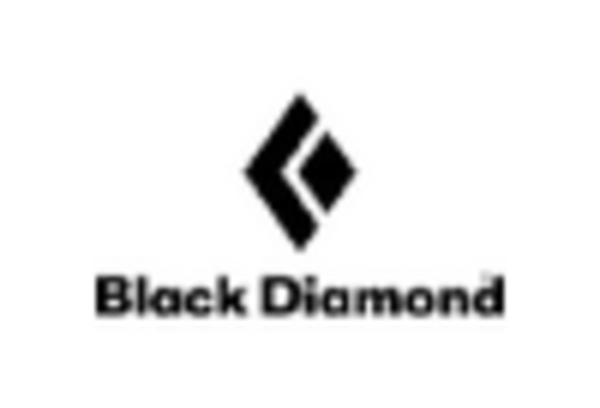
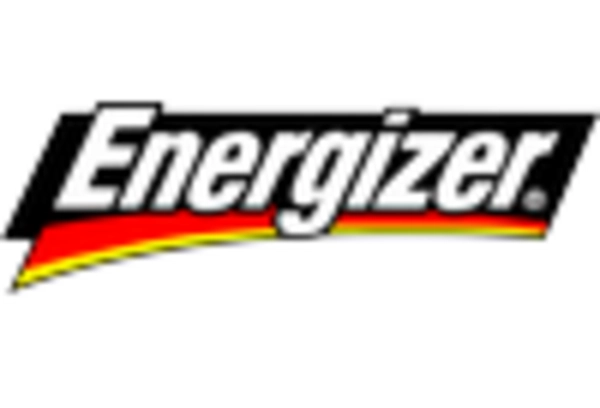

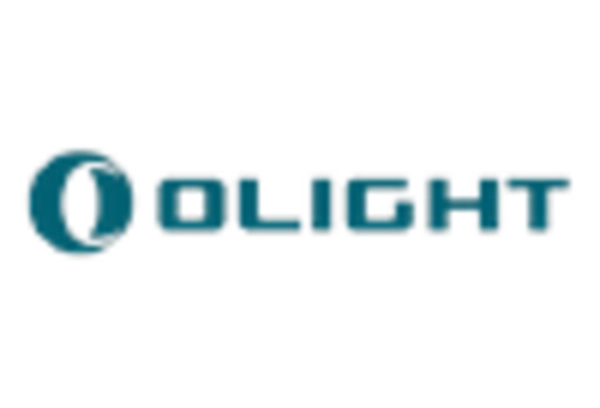








Leave a Comment